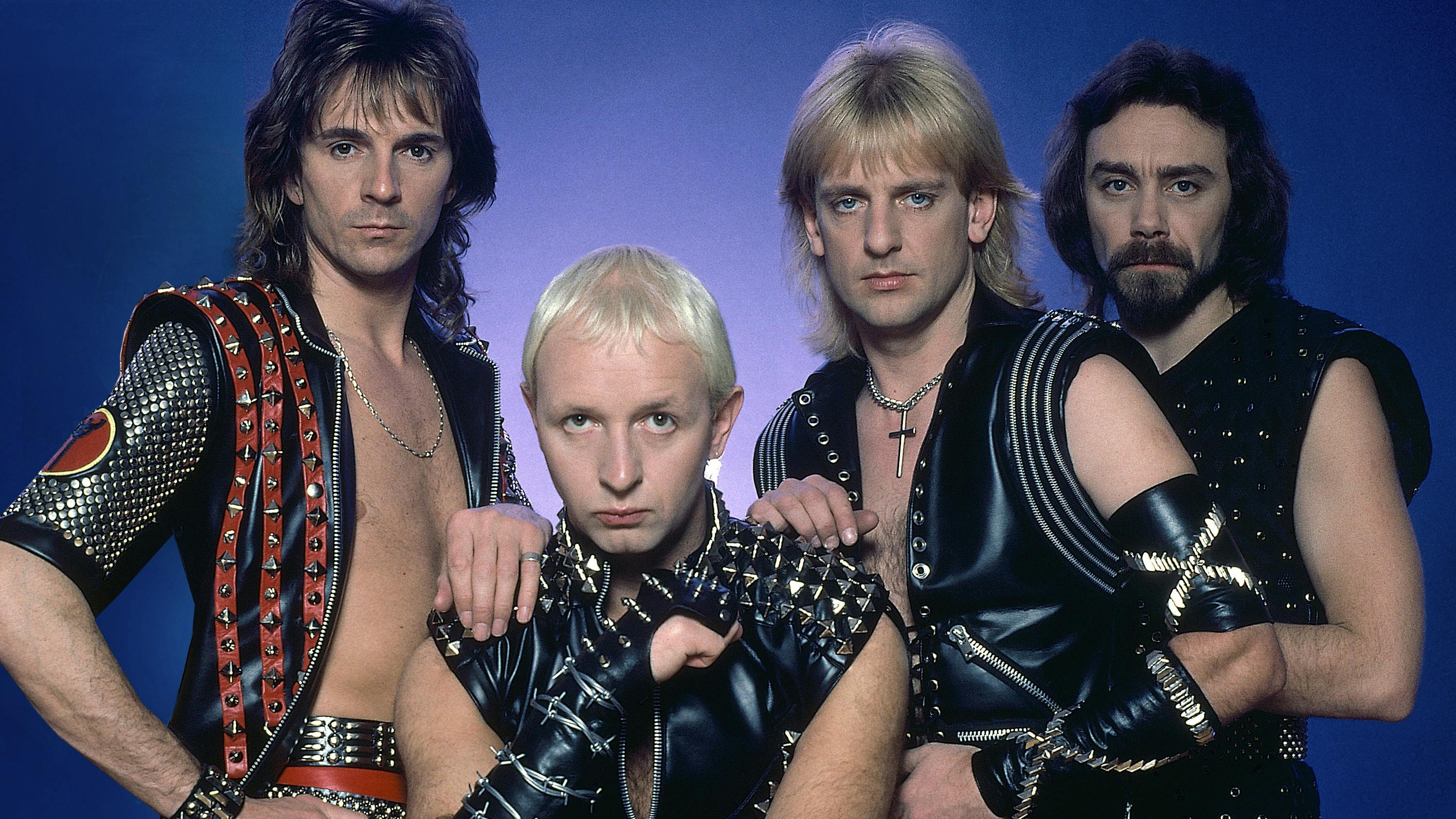“Tattoos aren’t meant for everybody, and they’re too goddamn good for some people” – Lyle Tuttle, veteran tattoo artist.
It’s always a little weird when, for one reason or another, heavy metal comes into vogue. Usually, one can chalk this up to timing. In the ’80s, a widespread combination of working class hero worship, apocalyptic fear, and glitzy excess made metal the dominant musical life form. In the mid-2000s, an emphasis on nostalgia and irony made the diehard fandom of metalheads a fun thing to imitate and snicker about. And in the late 2010s, the hollow deluge of Internet culture has lead reality TV stars to rock Slayer shirts in desperate attempts to find something tangible and earnest.
What never surprises metalheads, however, is when metal falls out of popularity. Metal’s mainstream allies have abandoned it so many times that it’s become a tradition of sorts. (Gee, I wonder what bullshit phrasing the world at large will replace “metal” with this time?)
And yet, every time the mainstream becomes embarrassed of metal, it gives metal more strength by forcing it to survive in the underground. And every time metal returns to the spotlight, it does so with better music and stronger values than before, born out of realising who its real friends are.
The most famous case of metal falling out of favour and being rebranded by the public was during the late ’90s, after hair metal turned into a big pretentious mess. Fans and record companies abandoned the genre title in favour of rock, which jived better with bands like Pantera and Korn who wanted nothing to do with poofy hair and spandex. MTV, once metal’s great champion, turned Headbanger’s Ball into The Rock Show, and replaced images of amps shooting lightning with those of Coop devil girls with bad tribal tattoos.
But that wasn’t the only time metal was idolised and abandoned. In the early 2000s, metalcore reignited public interest in metal, but a desire to maintain distance from Bam Margera, Heartagrams and Affliction jeans lead everyone to start throwing “post” and “core” around, creating a quagmire of barely-existent subgenres. Now, in the latter 2010s, that trend is re-emerging, with press entities striving to coin terms like “powerviolence” and “funeral doom” while reformatting their images to look like fashion websites rather than classic heavy metal magazines.
